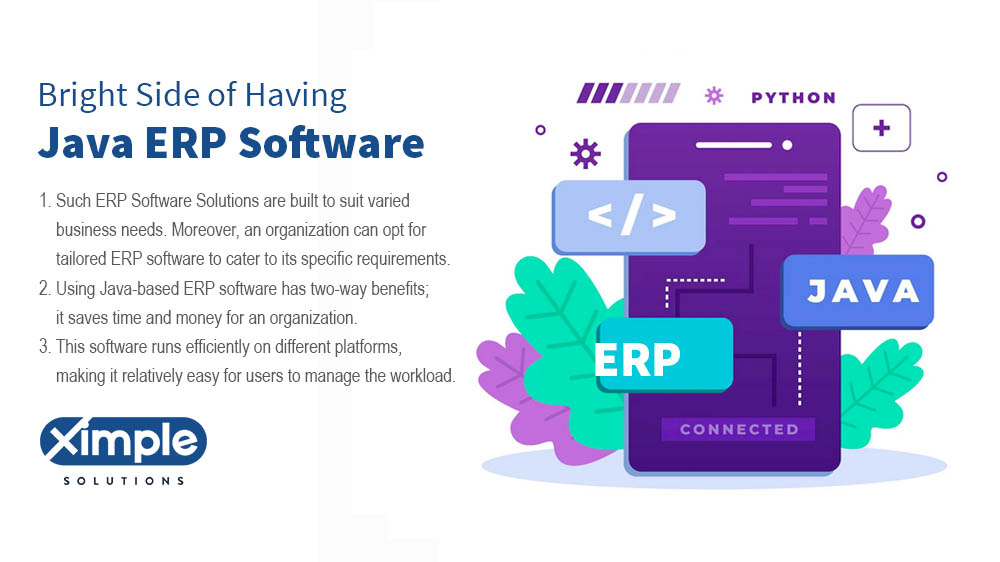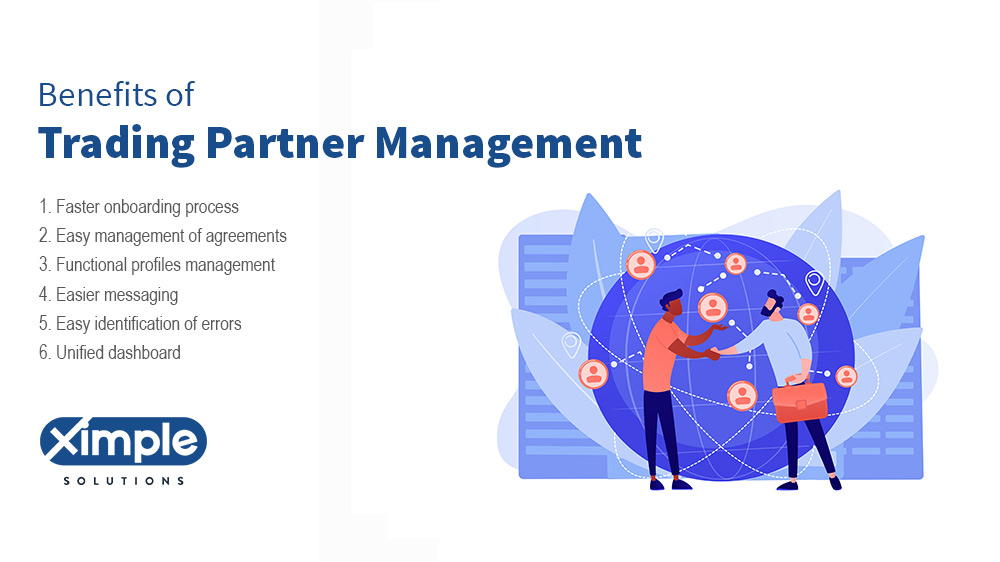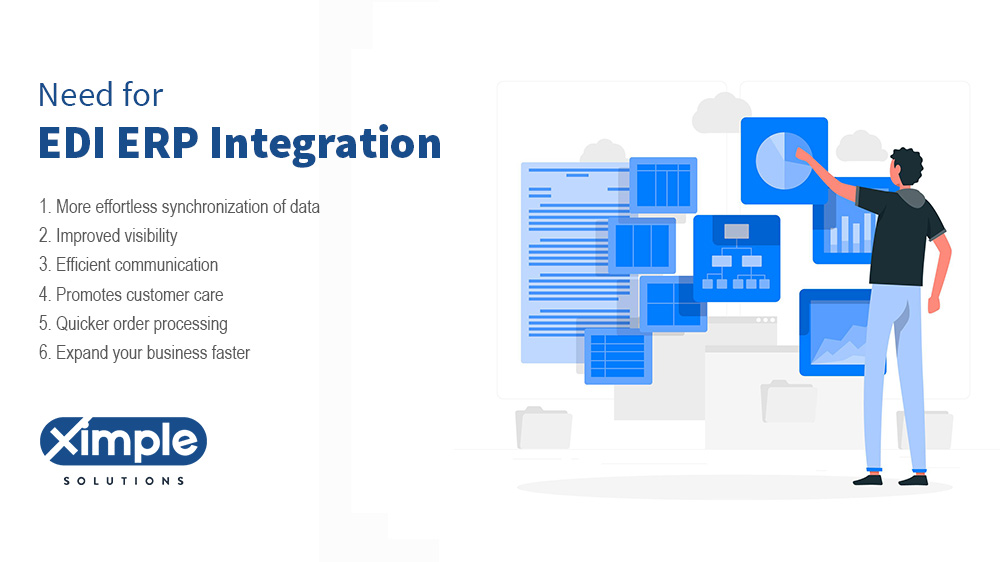
Java ERP Software Solutions: The Most Efficient Way To Organize Work
One of the top five most used programming languages- Java, has captured more than 30 percent of the market share. Hundreds and thousands of companies today utilize ERP. One of the crucial components behind the development of an ERP system is Java. Companies today need robust applications or software that can make their work smooth […]
Read More

Trading Partner Management Introduction & Overview
This article is intended for those interested in Business-to-Business organizations and the use of Trading Partner Management (TPM) software to simplify and manage Electronic Data Interchange (EDI) business relationships with several trading partners. It covers the benefits and challenges of TPM, its features, protocols, and tools, as well as the connection between TPM, ERP, and […]
Read More

EDI and ERP – What Does This Mean? EDI-ERP Integration
Enterprise Resource Planning vendors regularly mention the term EDI. But what do they mean? EDI refers to Electronic Data Interchange. Discovered in 1980, EDI is a technology for exchanging documentation from one PC to another. ERP is business management software that puts everything into a single centralized database. It produces real-time updates from various business […]
Read More






